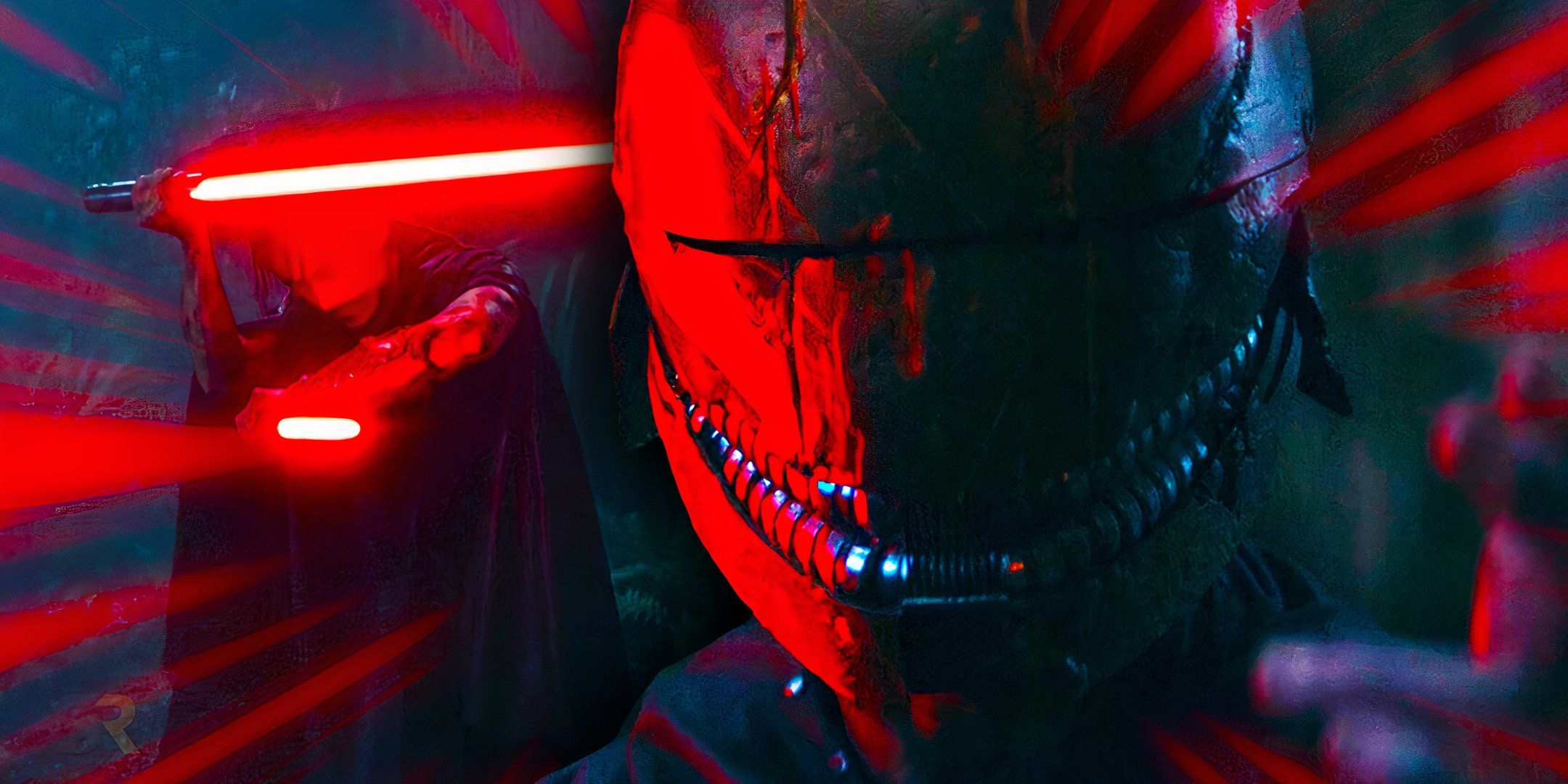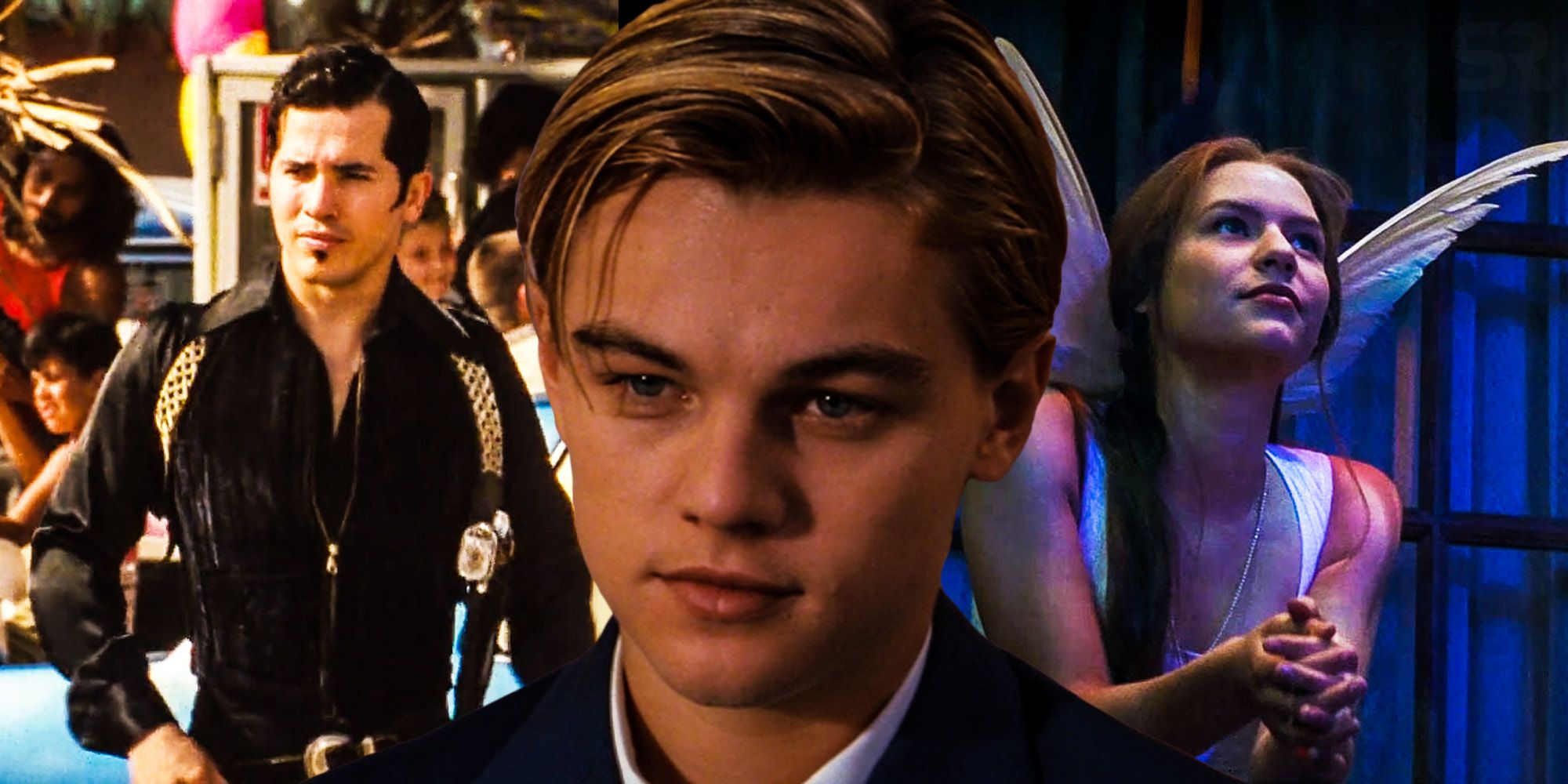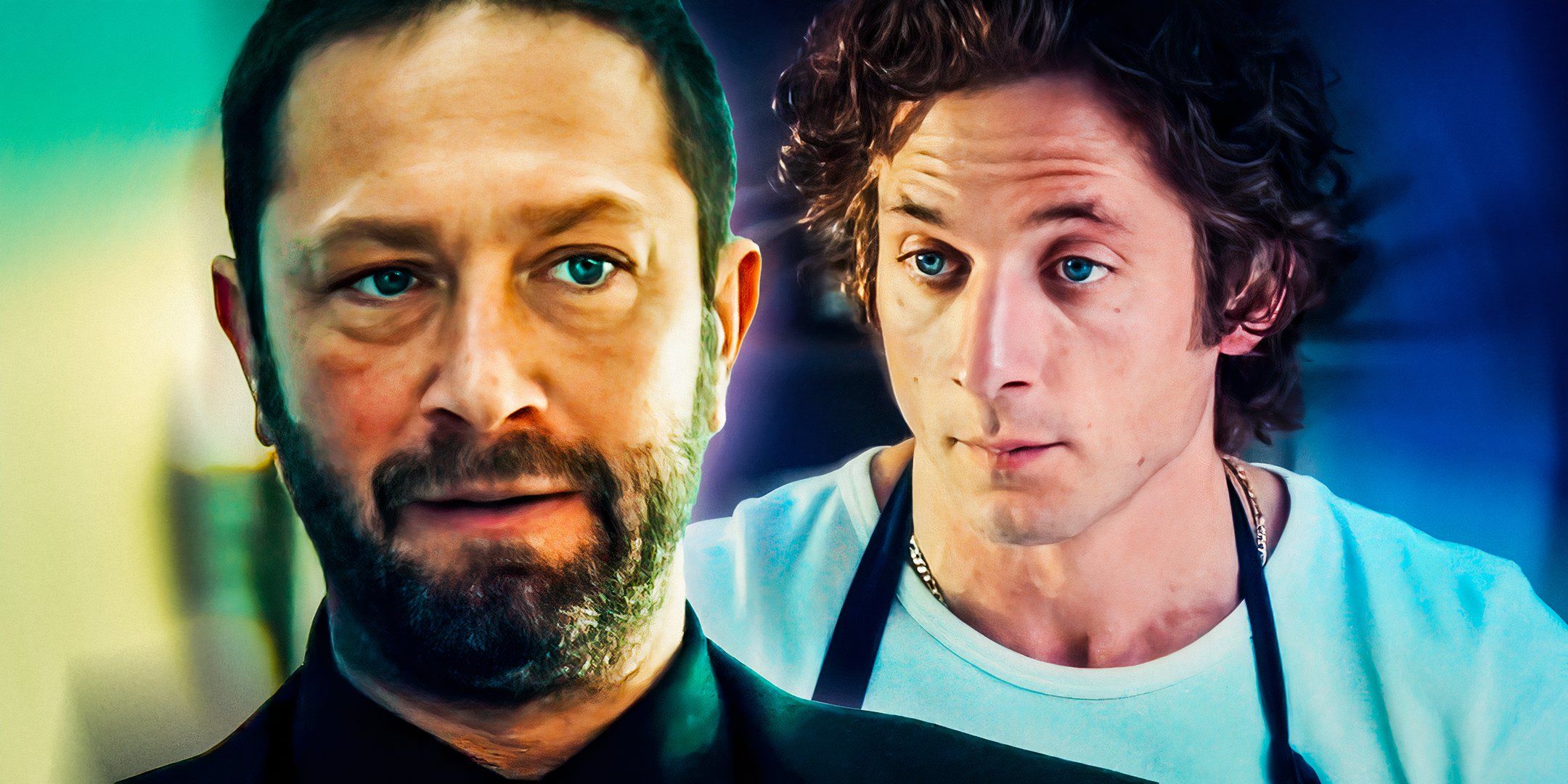The Far Side is as iconic for its distinctive artistic style as it is for its uniquely brazen approach to humor – though according to Gary Larson, his drawing was the “biggest weakness” of the comic. Whether that is true or not, his work remains enduringly popular, and continues to find new audiences to amuse in the internet era, well after it ceased daily syndicated publication.
In an interview published by the Chicago Tribune, Larson spoke in detail about the art of The Far Side, and his own perception of it. The strip’s creator was critical of his abilities as an illustrator, but in a self-deprecating way.
As an artist, Larson recognized that he had cultivated his own distinct “voice,” in terms of both his humor and his drawing, and that he’d found success with it. That said, prompted to identify a weakness in his work, he didn’t hesitate to name the art of The Far Side.
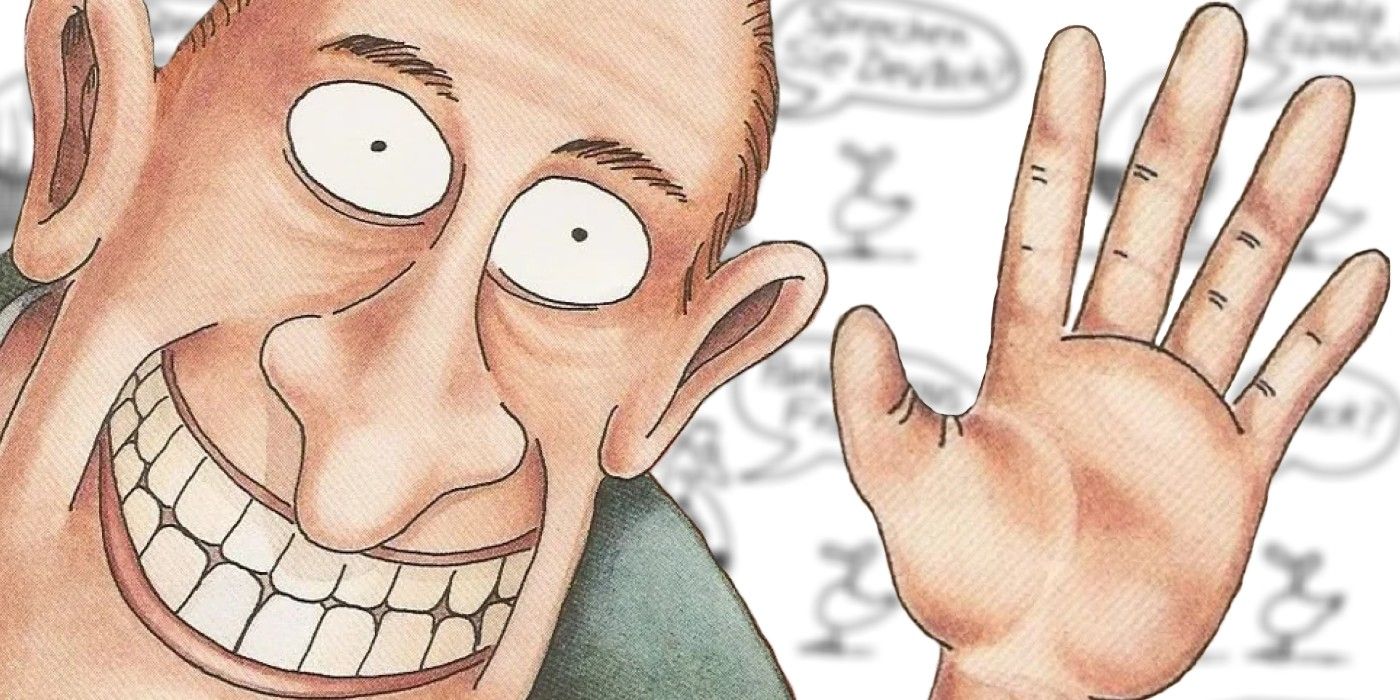
Related
The Far Side’s Humor Was Designed to Test Readers’ Reflexes (But Not the Ones You Think)
In his Preface to The Complete Far Side: Volume One, Gary Larson wrote about the reflexive style of his humor, stemming from his interest in biology.
Far Side Creator Says Art Was His “Biggest Weakness”
Gary Larson Was His Own Harshest Critic
Toward the end of the Chicago Tribune piece, Gary Larson was asked his “greatest weakness as a cartoonist,” to which he replied: “It probably would be my drawing.” In a sense, this was a funny, no-equivocation answer, coming off the cuff as the interview came to a close. It might read as though Larson didn’t take the question seriously – which certainly wouldn’t be an out-of-left-field conclusion for anyone familiar with the artist to draw. However, in the context of comments about his art made by Larson earlier in the Tribune interview, this response takes on a greater significance.
In fact, Gary Larson cited his lack of strong skill as a visual artist as an underlying motivation for him to work harder at it, to push harder to achieve the creative vision in his mind on the page. During their exchange, Larson’s editor asked how he felt about the cartoon’s style, prompting the artist to reflect following his recent retirement:
Q–Are you comfortable with the way “The Far Side’s” artwork looks now?
A–Yeah, I am. It is difficult for me to talk about my drawing or my technique because I never drew that well. And I was always struggling. I used to work harder at some cartoons than probably people would ever expect that I did. But I do have a place I’m going in my mind, and I’ll work at it and work at it until I finally get it. It might be just a silly face I’m drawing. Without being that great an artist, in my gut I knew where I wanted to go with something. And I would try to get it there.
As Larson made clear, had he been a “better” artist, he might not have put in the effort and committment as a creator that ultimately resulted in The Far Side’s success.
Taken with this in mind, Gary Larson’s admission that he has certain limits as an illustrator is not him finding fault with his work, but rather providing phenomenal inspiration for anyone trying to push themselves to ascend to the next creative level. Larson’s devotion to realizing his ideas, no matter how much he had to “work at it, and work at it,” shows that determination and perseverance are as critical to artistic success as any innate skill, making him a vital source of creative advice for emerging authors and artists alike.
Gary Larson’s Art Did Exactly What He Needed It To Do
The Far Side’s Style Was Versatile & Unique
“Those were critical things in cartooning for me,” Larson went on to say, about the elements of The Far Side that he had to work toward, which didn’t always come naturally. “They were the nuances that would sometimes make or break something.” As he explained, his artistic sensibility was ahead of his artistic ability, and the process of creating The Far Side became about closing the gap between the two. As he noted:
Even though I wasn’t that good at drawing, I think I understood something about the humor in the drawing, and that’s what I went for.
This is a familiar feeling for all creative artists, especially early in their careers – making it notable that Gary Larson seemingly operated this way throughout The Far Side’s entire run.
As Larson detailed elsewhere in the Chicago Tribune interview, the “what” of Far Side cartoons came directly from his subconscious; the “how,” on the other hand, was the product of deliberate, careful effort. Equally important to analyze, when it comes to Gary Larson’s artwork, is how effectively he utilized the skill he did have in order to make his jokes in his strip work. The Far Side rarely, if ever, failed to connect with its audience because of its artistic quality – and in fact, Larson frequently used his limitations as an illustrator to his comedic advantage.
Larson’s humor was often surreal, and this tended to reflected in the corresponding art. Just as some Far Side punchlines could be intentionally corny, the strip repeatedly contained deliberately “bad” art, used precisely in cases where it emphasized the comedic point of the cartoon. In this way, Gary Larson was an expert at using his creative skills – whatever they might amount to – in order to achieve his ambitious goals, rather than letting the latter be stymied by the limits of the former.
Gary Larson Was A Perfectionist – In His Own Way
The Far Side Took As Much Patience As Ability
Admittedly, setting aside Gary Larson’s own biased appraisal of his work, the visual style of The Far Side is not poor in quality. At times, it employs a black-and-white, minimalist style that gives the impression of being hastily sketched – but this was rarely, if ever, in fact that case. In a 20/20 segment on The Far Side from 1987, Gary Larson walked viewers through the creation of one of his comics, demonstrating that it is the result of hours worth of patient, at times painstaking effort on the creator’s part.
Just as it was known for its pencil sketches, The Far Side was also often delivered to readers in flush, fully-colored panels, giving them a more clear sense of Gary Larson’s abilities. In every case, these were products of Larson’s acknowledgment of his limits, and his committment to meeting, and perhaps even surpassing them. As he described his efforts in a back-and-forth with his editor in the Tribune:
Q–I’ve talked to cartoonists who felt that they were so close to something really good, but something about it didn’t gel as well as it should have for a variety of reasons: their limitations as an illustrator, for example.
A–Those were the battles. For me, perspective was always important. There are some cartoonists who can stand at the foot of a building looking straight up and they’ll capture it perfectly. And then there are those of us who do the same drawing and it’s the goofiest-looking thing in the world. But after a while you just learn what you’re capable of and what you can and can’t do.
Anything but a realist, Larson appropriately learned to transmute his lack of certain artistic abilities into his strange, wondrous outlook on the world.
In his 1987 20/20 appearance, Larson spent over an hour drawing a “chicken nudist beach” for the cameras, evidence that even the most seemingly throwaway Far Side joke took time, effort, and energy to get exactly right on the page, in a way that satisfied its creator. Gary Larson was without a doubt a master humorist, and he likewise proved to be unparalleled in using the skills he did have to craft the thousands of enduringly memorable Far Side comics he produced during the strip’s original run in syndication.
Source: Chicago Tribune, October 6, 1996; 20/20 Gary Larson interview, January 8, 1987
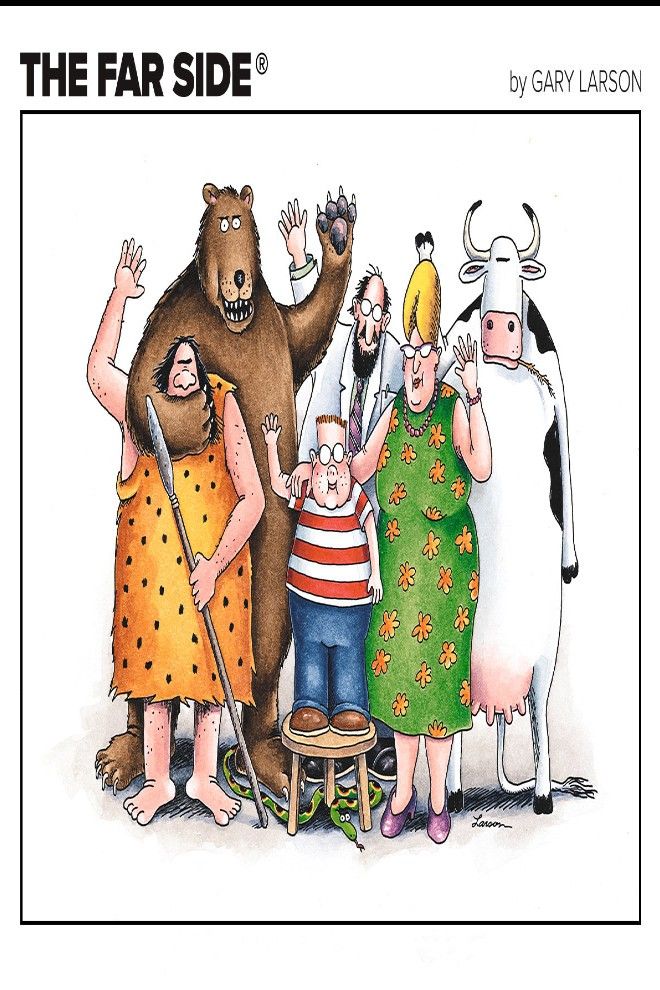
The Far Side
The Far Side is a humorous comic series developed by Gary Larson. The series has been in production since 1979 and features a wide array of comic collections, calendars, art, and other miscellaneous items.


